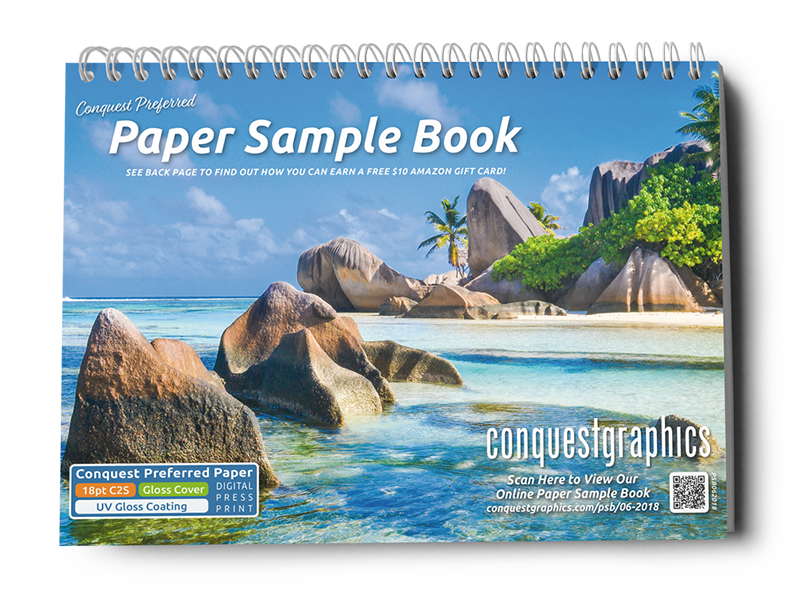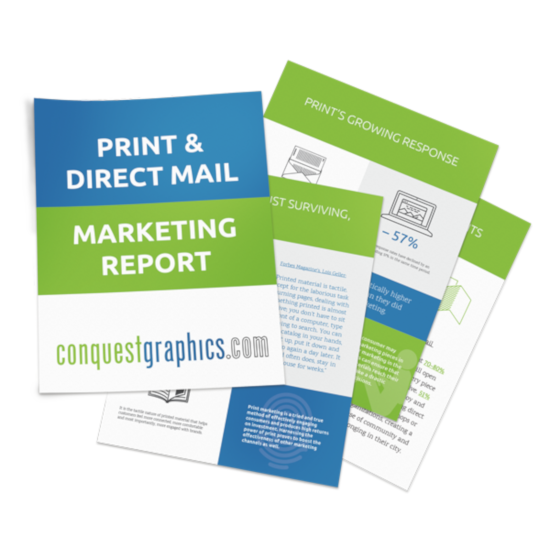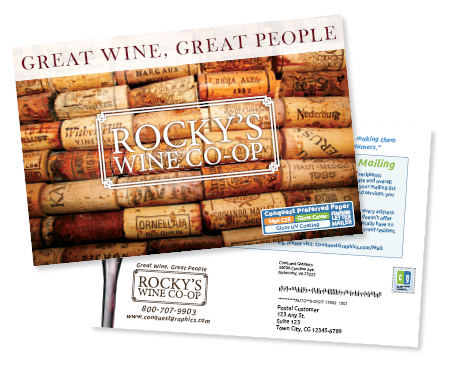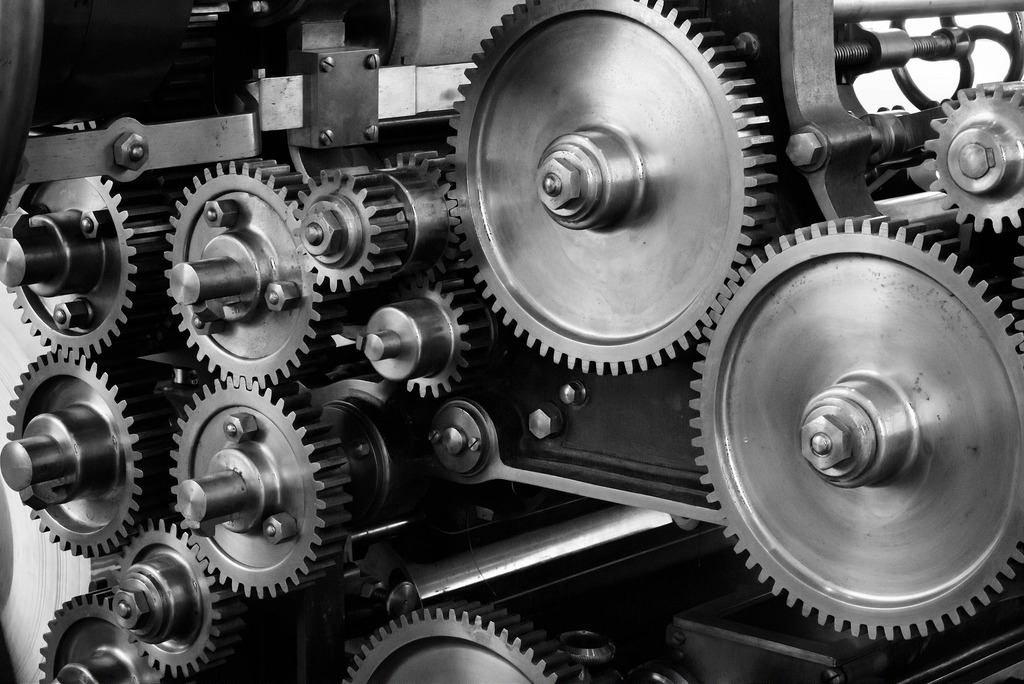
It’s common to think the world of print has been lost in this new digital age, but that couldn’t be further from the truth. Printing may have planted its seed centuries ago but with the advancements commercial printing industries have incorporated, print has become even more relevant and crucial for successful marketing.
Modern printing presses are at the cutting edge of technology. Understanding what commercial printing has to offer in 2020, where it began and what it’s advancing into, will help you better understand your options.
Early history of the printing press
The reality is that the origin and history of the printing press is filled with enough drama and social upheaval that a movie could be written about it!
Printing has evolved tremendously over the centuries beginning all the way back to ancient civilizations throughout Asia where wood blocks were used to print images and text on paper and cloth. The creation of a movable type system in China began to change how rapidly text could be printed. Initially the characters were made of wood, then clay and ultimately in Korea, metal movable type was developed.
In the 1440’s Johannes Gutenberg invented the creation and dispersion of the printing press which led to the beginning of mass communication and changed the structure of society. The following century presses spread throughout most of Western Europe and became critical for social events and the drastic rise in literacy.
In the late 1790’s the printing method of Lithography began the use of chemical processes in printing. This led to current methods of offset printing which was developed from the late 1800s into the early 1900s and continues to be one of the predominate printing methods used in commercial printing today.
Commercial printing in 2020
Now that you know a bit about the past that brought commercial printing to where it is today, we have provided crucial information on the present of commercial printing to help guide you in choosing the best option for you.
Commercial printing has come a long way since wooden blocks. In fact, with the technology in today’s world, printers like Conquest Graphics have advanced the way of thinking when it comes to print and have grown even further in combining technology with print. With green printing to be as eco-friendly as possible, automated print options including ordering portals, comprehensive printing solutions like mailbox retargeting and the ability to create high-quality materials at lower prices has paved the road to advance even further.
Choosing the best option for you when it comes to your printed materials can be tricky but digging into the advantages of the types of printing can help ease your decision and understand what option can best help your business deliver its message.
Offset printing
The use of sophisticated technology has advanced offset printing to become what it is today. Offset printing is most commonly used for large commercial printing needs and almost every commercial printer has some sort of offset printing.
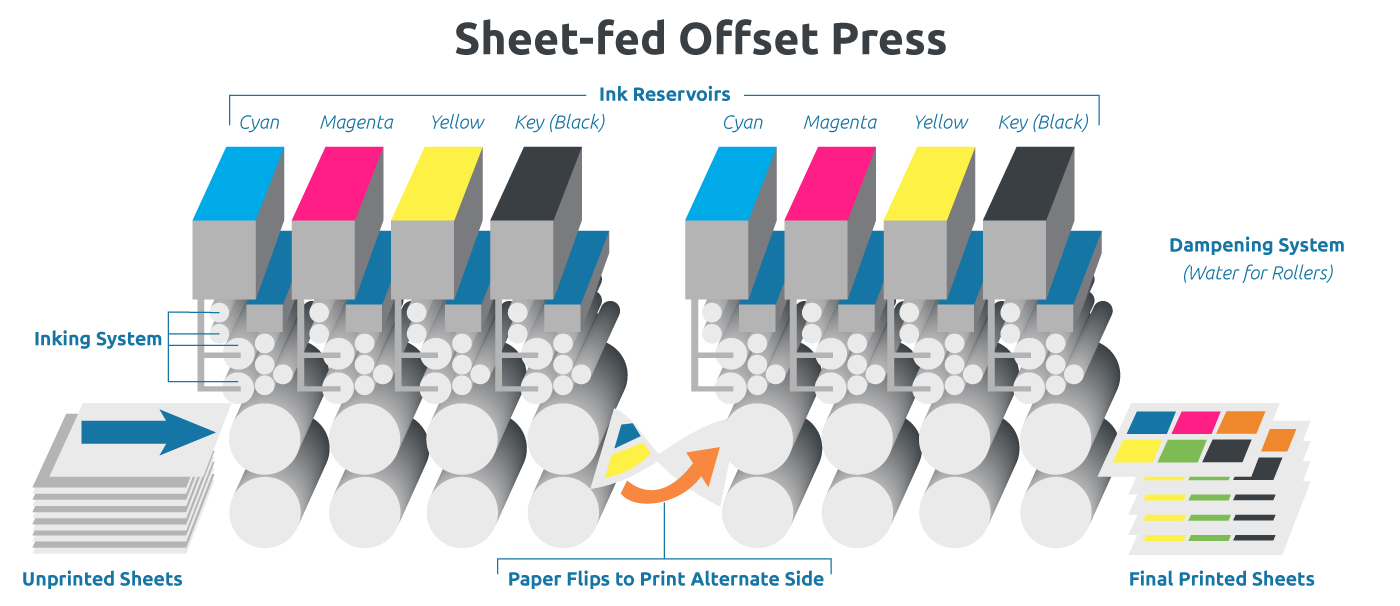
The process begins with prepress where images that will be printed are formatted onto a metal plate using CMYK (Cyan, Magenta, Yellow and Key (black)) color model so colors can by accurately represented on the final product in full color. From the metal plates, images are transferred to a rubber blanket which is then transferred on to paper.
To better understand if offset printing is the best option for you it is important to understand the benefits it provides which include:
- Lower costs on larger volume print jobs
- Outstanding image quality
- Flawless coloring with the ability to also use custom colors
Due to the cost of starting an offset job, printing large quantities is cheaper than smaller jobs and provides more for your money—the more you print, the lower the cost per piece. Because of the efficient capabilities of offset press runs, accurate color reproduction and crisp, clean images provide for professional looking prints that won’t disappoint.
Digital printing
The most advanced printing press is now the digital press, which does not require printing plates allowing for on-demand printing and shorter turnaround times. Inkjet and laser printers are commonly used in digital printing which place pigment onto a number of different surfaces, rather than just smooth paper.

The advantages of digital printing include:
- Higher speeds/ faster turnarounds
- Personalization capabilities
- Lower costs on smaller quantity runs
- On-demand prints
In addition to being able to print onto more than just paper, digital printing allows for text and graphics to be changed from one piece to another piece. This is called variable data printing or VDP, which is often used in postal mailers where the same basic layout is used but a different name, address, or image are placed on each piece. The ability to personalize printed materials without having to adjust plates on a press reduces production time and allows companies to connect more closely with their clientele.
The ability to affordably print short-run prints using digital printing has made it possible for triggered direct mail pieces to be sent to individuals. Printing solutions like direct mail retargeting or mailbox retargeting allows for on-demand materials to be printed and mailed when a consumer reacts with a certain response like visits your website.
The future of commercial printing
As technology continues to move forward at breakneck speed, the printing industry continues to incorporate it into printing presses and create printing processes that are changing the way that things are manufactured and used.
With print and direct mail marketing channels advancing and thriving year after year it's hard to say exactly where commercial printing will be in the future. Will 3D printing be the new norm for marketers? Will there be new printing services to adhere to the needs of consumers? Or maybe there will be a whole new way to print.
What is for certain, is that commercial printing industries like Conquest Graphics, will keep improving and delivering new ways to enhance the marketing game.
Check Out The Ultimate Guide To Buying Print
